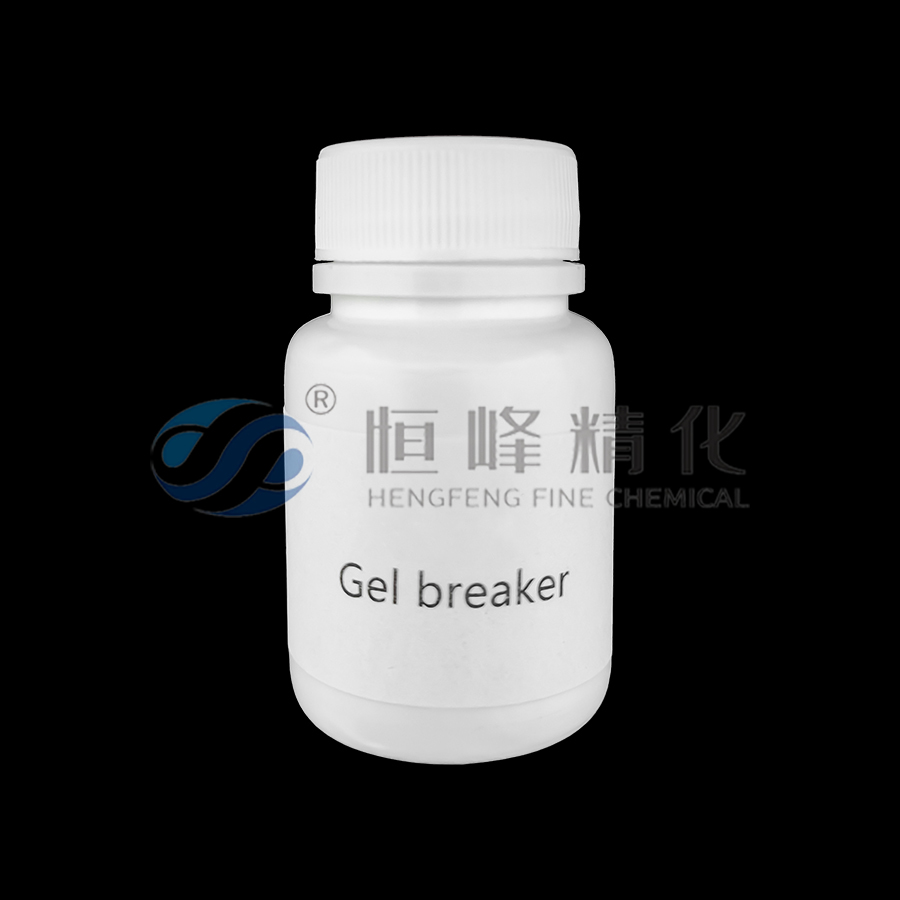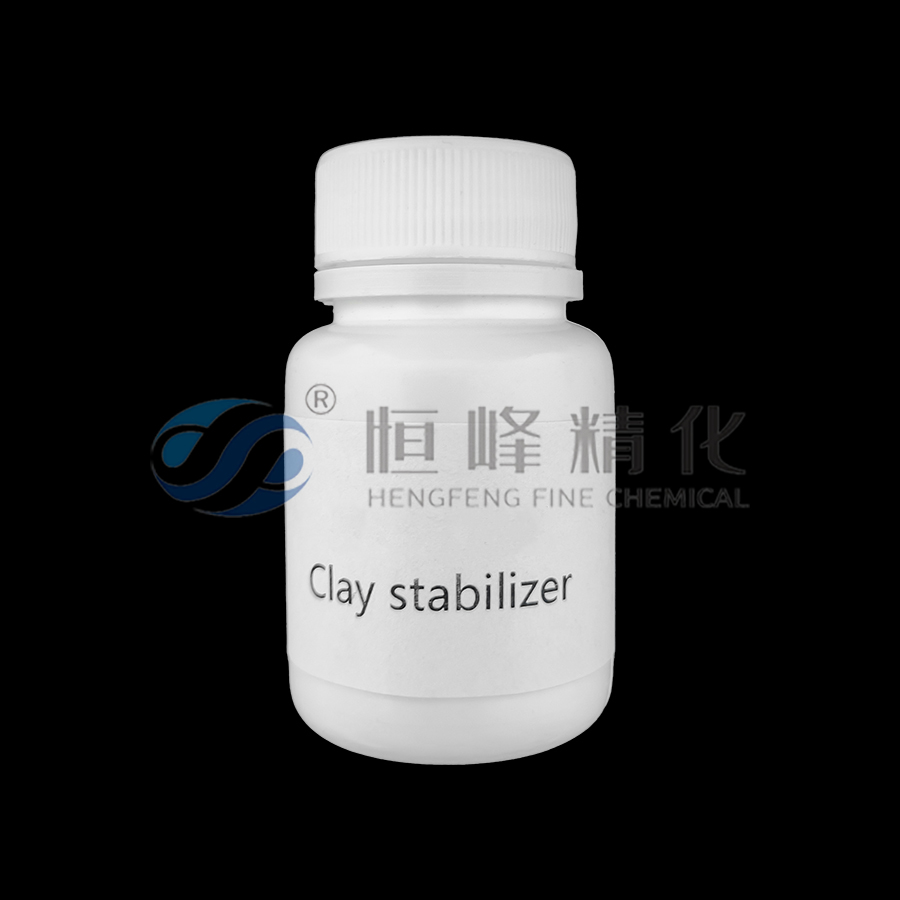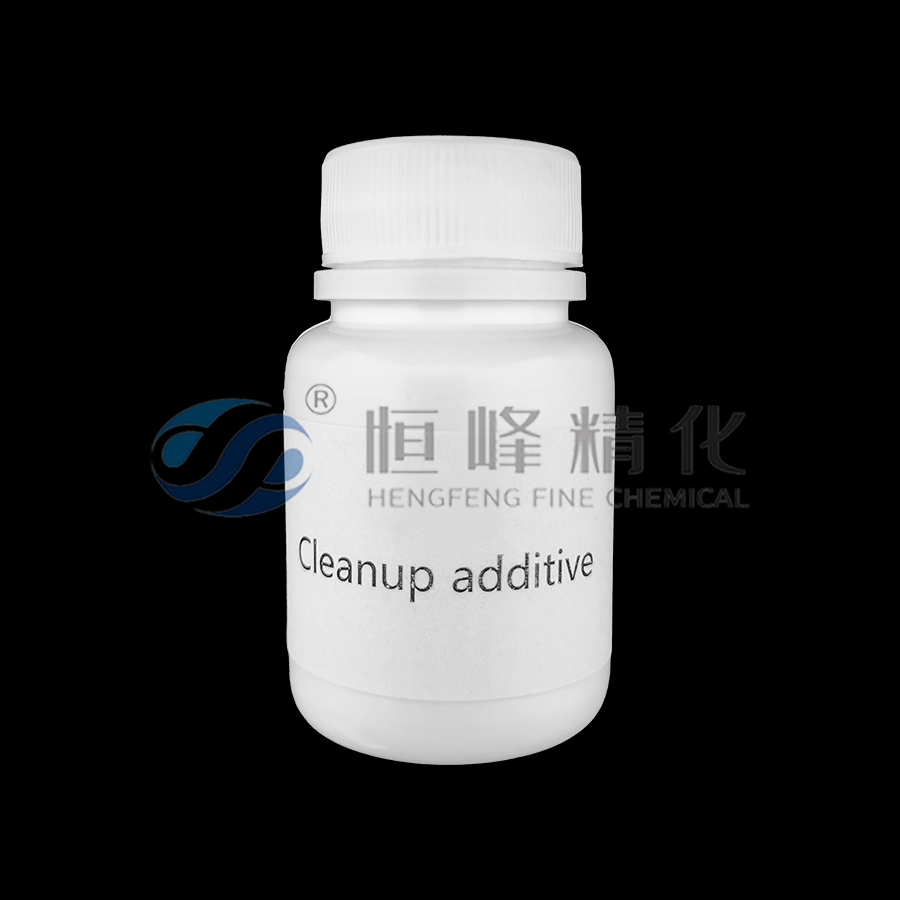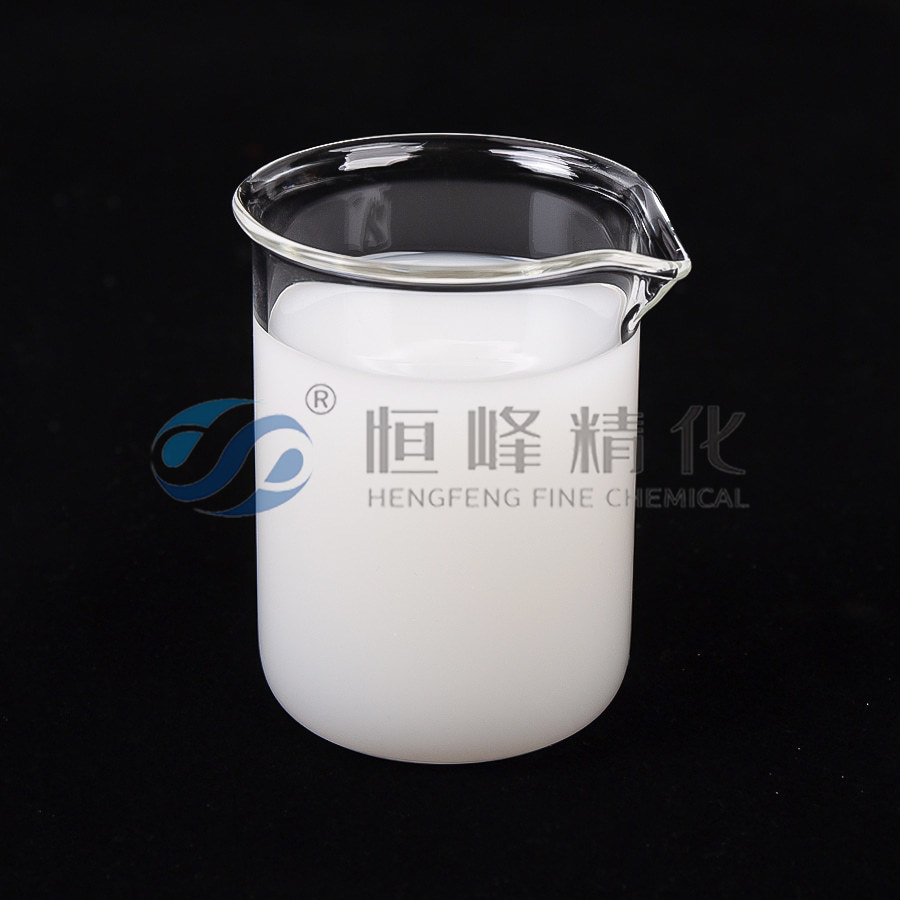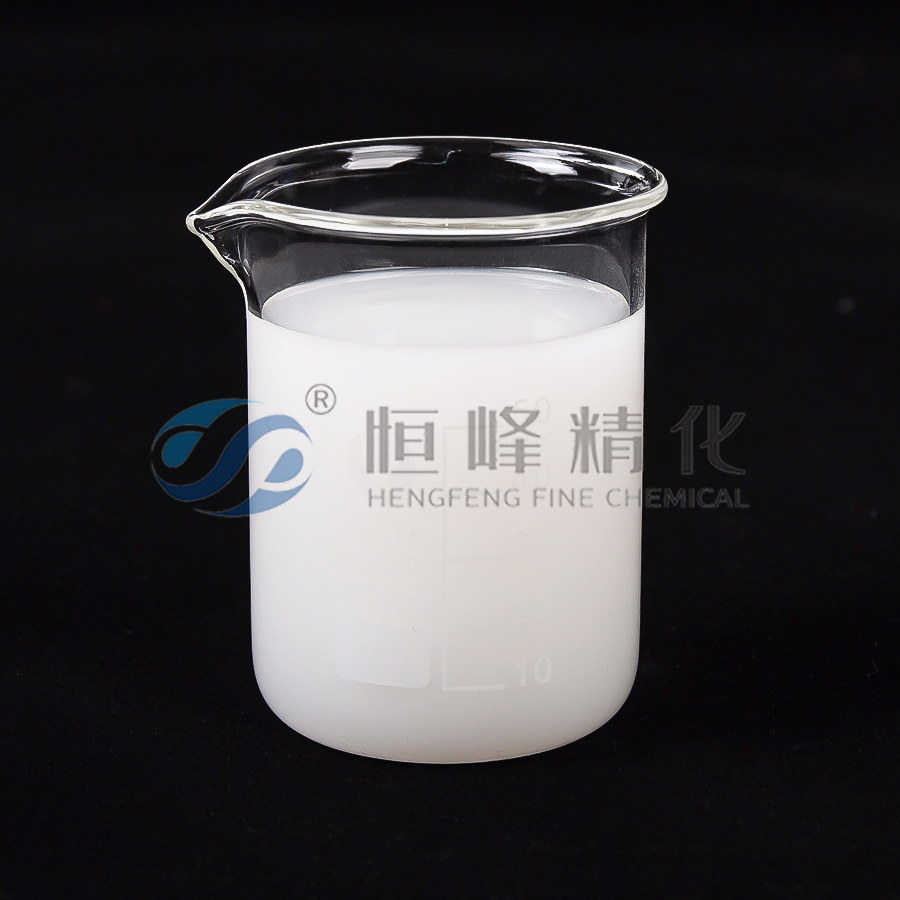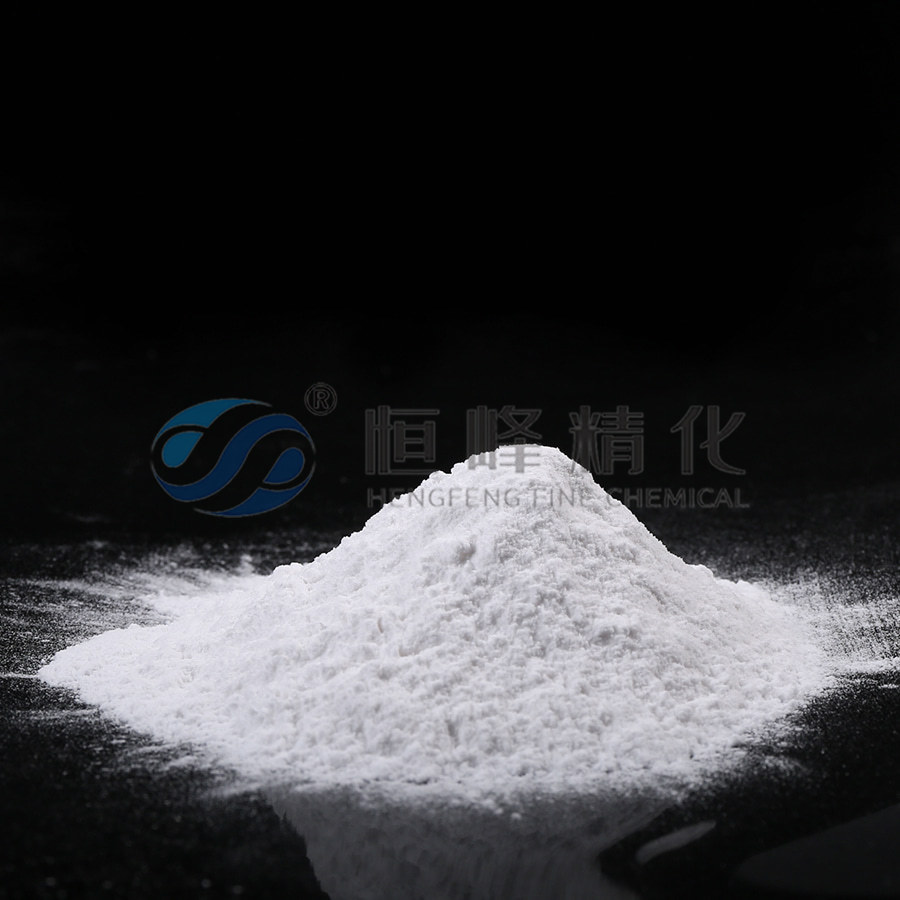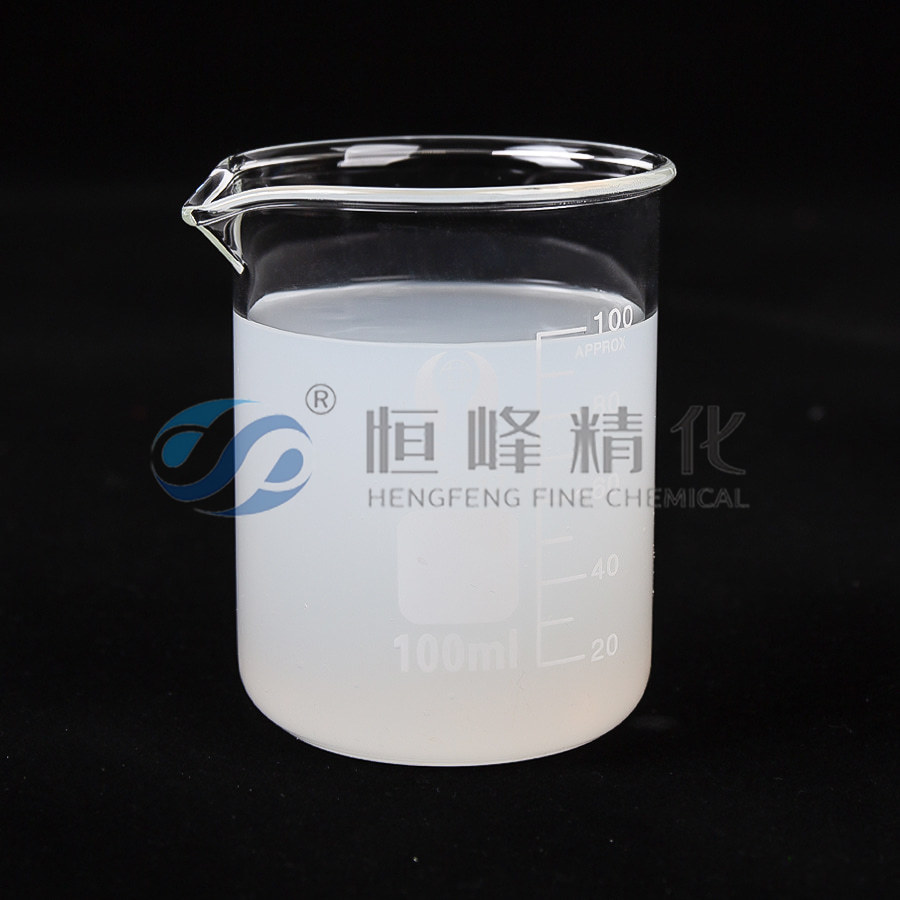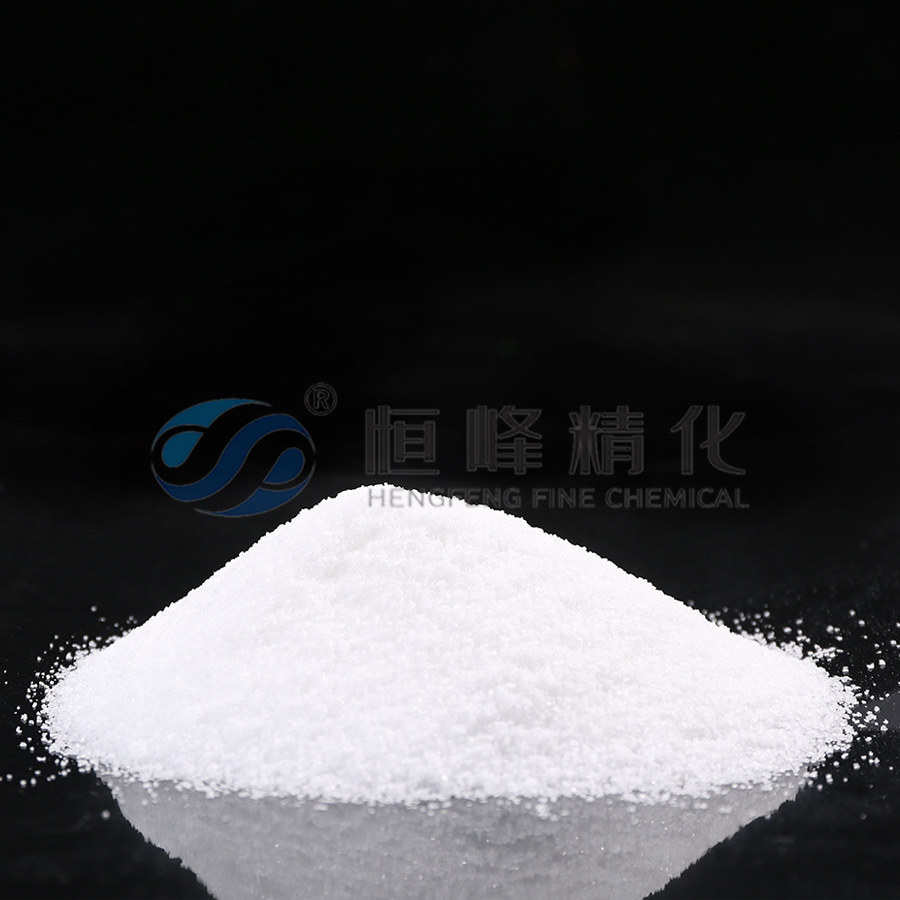How Does Hengfeng Anionic Polyacrylamide Emulsion Work?
anionic polyacrylamide emulsion represents a cornerstone technology in modern environmental and industrial processes, leveraging sophisticated polymer science to address complex challenges in water treatment, soil stabilization, and resource management. This unique synthetic polymer formulation, characterized by its water-soluble nature and anionic charge profile, operates through precise molecular interactions that bridge chemistry and physics to achieve targeted outcomes. Understanding its fundamental working principle is key to appreciating its widespread utility.
The Core Mechanism: Charge Mediation and Bridging
At its fundamental level, anionic polyacrylamide emulsion functions as a molecular mediator and bridge builder within heterogeneous systems. Its long-chain polymer structure, densely populated with negatively charged carboxyl groups , possesses a unique dual capability:
1.Electrostatic Interaction: The anionic charges on the polymer chain create a powerful electrostatic attraction towards positively charged particles (cations) suspended in water or present on soil particle surfaces. Common targets include metal ions like calcium , magnesium, aluminum , and iron, as well as the positively charged edges of clay particles or organic colloids.
2.Polymer Bridging: The exceptionally long polymer chains act as physical bridges. Once a segment of the chain adsorbs onto one particle via charge attraction or other weaker forces (van der Waals, hydrogen bonding), the extended chain can reach out and adsorb onto another nearby particle. This effectively binds multiple particles together into larger aggregates.
The Process: From Dispersion to Aggregation
The working process typically unfolds in distinct stages when the emulsion is introduced into a target system:
1.Dispersion and Activation: The emulsion is diluted and mixed into the water or soil system. Gentle agitation ensures even distribution. Upon dilution, the polymer chains hydrate and uncoil, their effective length and charge availability.
2.Adsorption and Charge Neutralization: The hydrated polymer chains rapidly adsorb onto the surfaces of suspended solids, colloidal particles, or soil aggregates. The negatively charged polymer groups interact with positively charged sites on these particles. This interaction can partially neutralize the surface charge of particles, reducing the electrostatic repulsion that keeps them dispersed.
3.Bridge Formation and Flocculation: The extended polymer chains adsorbed onto one particle extend into the solution and attach to other particles. This physical bridging pulls particles together. As more bridges form between multiple particles, a three-dimensional network or "floc" structure grows. These flocs are significantly larger and heavier than the original individual particles.
4.Settlement or Stabilization: The large, heavy flocs formed settle rapidly under gravity in water treatment scenarios, allowing for clear separation from the purified water. In soil applications, the polymer bridges bind soil particles together at the point of contact, dramatically increasing aggregate stability and cohesion. This reduces soil erosion, prevents particle detachment and dust formation, and can significantly decrease permeability in applications like canal sealing.
Applications Leveraging the Working Principle
The core mechanism of charge mediation and bridging underpins diverse applications:
- Water & Wastewater Treatment: Flocculating suspended solids, organic matter, and even pathogens for clarification and sludge dewatering.
- Soil Erosion Control: Binding soil particles on slopes, construction sites, and disturbed lands to prevent wind and water erosion.
- Canal & Pond Sealing: Reducing water seepage by binding fine soil particles to decrease permeability in earthen structures.
- Mineral Processing: Enhancing solid-liquid separation in mining operations (tailings dewatering, concentrate settling).
- Enhanced Oil Recovery (EOR): Modifying the viscosity of injected water to improve sweep efficiency underground.
In essence, anionic polyacrylamide emulsion works by exploiting fundamental electrostatic and physical forces. Its long, negatively charged chains act as molecular "glue," selectively binding particles together through charge interactions and bridging, transforming dispersed systems into manageable aggregates for separation or stabilization. This elegant molecular action makes it an indispensable tool across numerous industries reliant on controlling particle behavior.


 English
English Español
Español عربى
عربى Русский
Русский Tiếng Việt
Tiếng Việt




